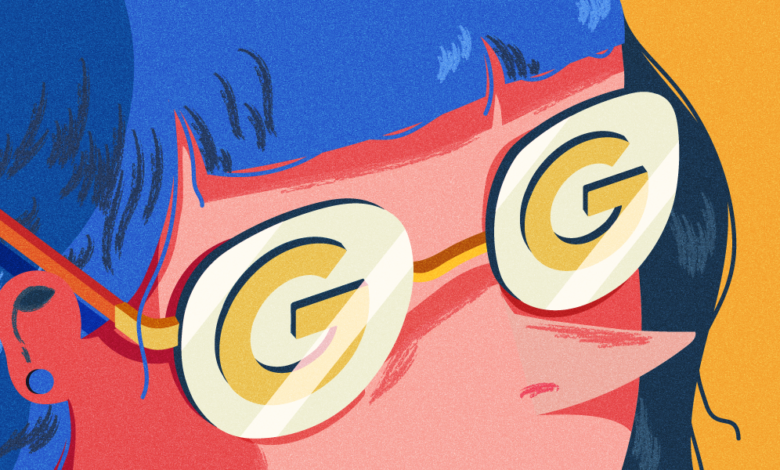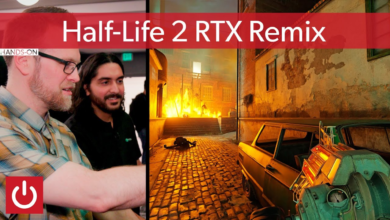Google is getting in on the latest ad tech craze: curation

The ad tech showdown over “curation” may fizzle out before it even sparks: Google is now in the mix.
Yesterday, Google Ad Manager unveiled a series of new curation services involving a raft of partnerships, tacitly acknowledging the strategic significance posed by the latest buzzword in ad tech.
“This is an important step for the open web because of how much ad inventory is transacted via Google’s pipes,” said Joe Root, CEO of Permutive, one of the ad tech companies working with Google to bring its vision of curation to life.
To understand why this is such a big deal, it’s important to understand what curation is: It’s the process of using audience, contextual and supply chain signals from publishers to curate collections of auctions across various sellers, essentially creating a streamlined version of the open auction.
Google’s own take on this allows publishers to share their first-party signals within its programmatic marketplace, also known as a supply-side platform. This allows advertisers to target ads based on that data, a shift from the traditional approach where such targeting would occur solely through their programmatic bidders (demand-side platforms).
To do this, Google has struck a series of tie-ups with several parties (see the list below), and for some, it signifies the further entrenchment of fissures between buy-side and sell-side ad tech providers. Google has been working on this for a year, and, according to two ad executives familiar with the discussions, it is already bringing its spin on curation to the agency holding groups.
So far, those talks can be summed up as follows: This is curation like no other offered by competing SSPs, for two key reasons. First, this curation is powered by Google’s ad server — the software that publishers use to manage, sell and serve up ad space on their websites — providing a higher fidelity of signals to base curation on. Second, the variety of ad formats available is unmatched. Because its ad server is so pervasive across the publisher ecosystem, Google has access to data on a wide range of ad formats in a way that other SSPs simply can’t match.
“In a world where signal loss is going to be a significant point of impact for all media buying, Google’s going to be able to provide solutions here, frankly, that others won’t,” said Drew Stein, CEO and co-founder of Audigent, a curation specialist that’s working with Google on this latest move. “They [Google] may not have been first to the market, but they have the opportunity to add a level of perfection that other people don’t have.”
Stein cited Google’s potential for perfection as its ability to aggregate and analyze vast amounts of first-party data, which allows for sharper audience segmentation and targeting.
What is Google launching?
Google is positioning the latest raft of curation tie-ups as a means for agencies to discover the ideal ad inventory packages within GAM via its own demand-side platform, Display & Video 360, and Yahoo’s DSP. Here’s the list of those tie-ups:
- Audigent
- Integral Ad Science
- Liveramp
- Lotame
- Multilocal
- Permutive
- PrimeAudience
- Scope3
“We also heard agencies’ feedback on simplifying operations,” Peentoo Patel, director of product management, Google Ad Manager, wrote in a blog post, noting support from additional DSPs would follow in the coming months. “Agencies can skip the hassle of managing payments to data providers and inventory curators — GAM will handle billing, eliminating the need to deal with separate invoices or payment processes.”
Some Digiday sources also theorized how the development could help Google offset any forced divestiture of its ad tech — a potential outcome of its ongoing ad tech antitrust trial — as the tie-ups allow its DSP to plug into third-party exchanges.
Chris Kane, CEO of Jounce Media, told Digiday that the development from Google underlined how “sell-side curation is just table stakes at present,” adding that “on a whiteboard, it makes sense.”
“The problem is, like in any area of ad tech, you get a capability that could be used in a really valuable way, and then you get a bunch of bozo operators who load up a site list, and start taking a 40% take-rate, but without adding any value,” he added.
Fern Potter, svp of partnerships and strategy at Multilocal, told Digiday how such developments are prompting buyers to ask how they can best implement curation in their marketplace strategies.
“You have a lot of people asking about who does curation, as opposed to the why and the how,” she noted, adding that many media buyers are performing a product-market fit analysis to ensure the best strategic outcome. “It involves unpicking what curation means … whenever we talk to asset monetizers, we explain deals can help them control their assets, the performance, the value and the pricing.”
Meanwhile, John Piccone, regional president, Americas, at Adform, told Digiday that, while many are eager to label the latest guise of curation services providers as ad networks in 2024, others (evidently) feel they provide value.
When asked if the industry’s major demand-side platforms will move to shut down such service providers, Piccone responded that any such desire could prove difficult to execute as long as they continue to demonstrate value to the primaries of a media trade, i.e., advertisers and publishers.
“Presuming a marketer can measure performance in a manner that’s scaleable and repeatable,” he added, noting achieving such key performance indicators will be a key aspect in helping media buyers decide who to partner with.
In short, Google is set to be one of the biggest beneficiaries of the shift toward curation, or rather, sell-side targeting programmatic advertising. With a weather of publisher data for advertisers to leverage, its data is also richer than most, thanks to that robust ad server. Few, if any, SSPs can compete with that advantage.
For Matt Barash, an industry consultant with extensive experience in sell-side ad tech operations, the debate over which parties are best placed to provide value in the ad tech supply chain is likely to continue as long as the industry lacks standardization.
“I think that remains to be determined, and I think that’s largely due to the fact that the IAB tech lab has not formally defined what ‘curation’ is,” he said. “Nor created a standard, which leaves it open for interpretation.”


